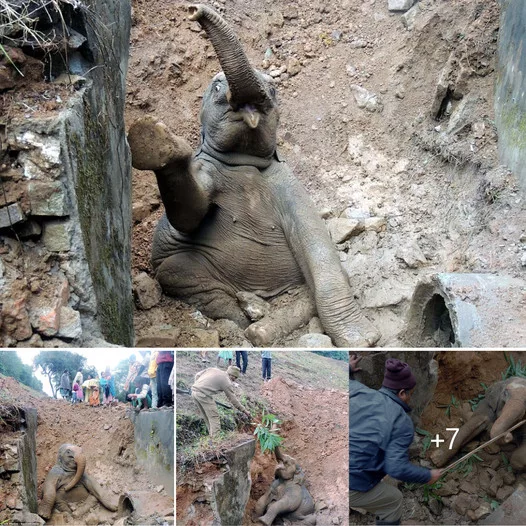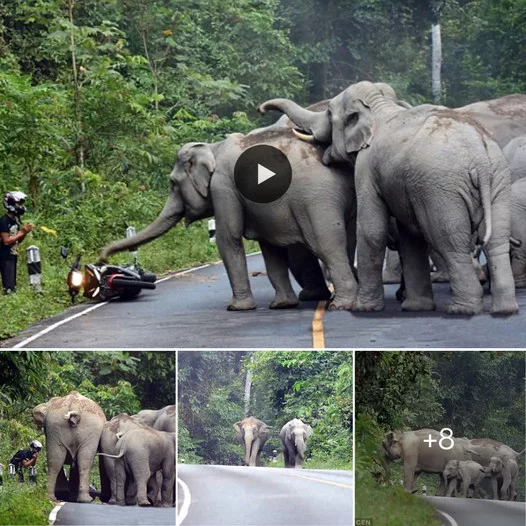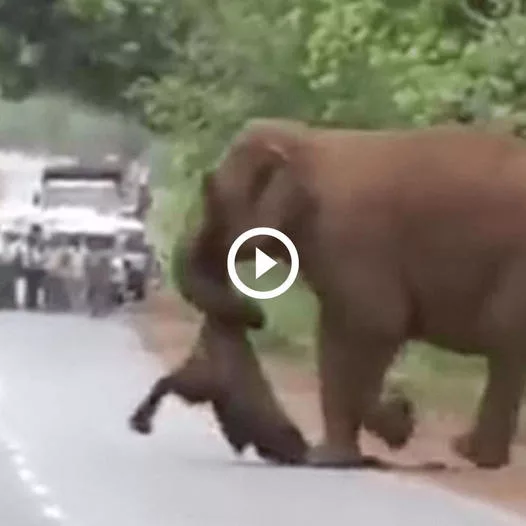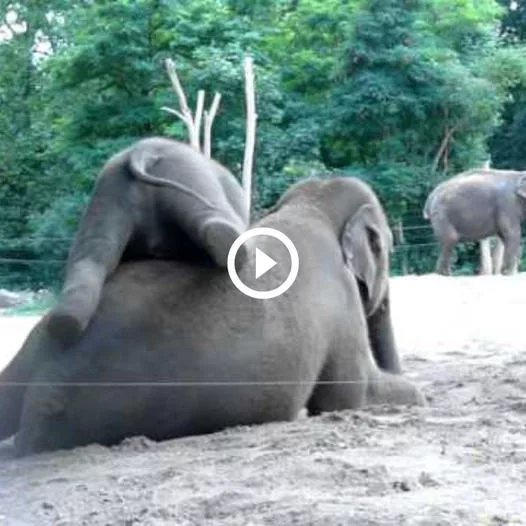In the vast and diverse world of wildlife, young elephants face numerous challenges as they navigate their way through life. As curious and spirited beings, they often encounter various obstacles in their journey. As advocates for animal welfare, it is essential to understand these hurdles and implement measures to protect and support these resilient creatures.

Protecting Natural Habitats: One of the most crucial steps in safeguarding young elephants is preserving their natural habitats. Deforestation, human encroachment, and illegal activities threaten the vast landscapes where these majestic animals once roamed freely. By establishing and maintaining protected areas and wildlife sanctuaries, we can offer a safe haven for young elephants to grow and thrive without undue disturbance.

Combating Poaching and Illegal Wildlife Trade: Poaching remains a significant threat to elephant populations, with ivory and other elephant-derived products fetching high prices in the illegal wildlife trade. Collaborative efforts between governments, conservation organizations, and local communities can help combat this illicit trade, ensuring that young elephants are not separated from their families and subjected to a life of captivity or worse.

Mitigating Human-Elephant Conflict: As human populations expand, conflicts between humans and elephants become more frequent. Crop raids and property damage by elephants often result in retaliatory actions, leading to potential harm to these young animals. Implementing effective strategies, such as electric fencing, early warning systems, and community-based conservation initiatives, can help reduce conflict and protect both human and elephant interests.
Ensuring Adequate Nutrition and Healthcare: Young elephants require proper nutrition and healthcare to develop into healthy adults. Initiatives to monitor their health, provide supplementary feeding during droughts, and intervene in case of injuries or illness are essential for their well-being and survival.
Promoting Public Awareness and Education: Educating local communities and the global public about the importance of elephant conservation is crucial for fostering positive attitudes and garnering support for protection efforts. Public awareness campaigns, school programs, and community engagement can empower people to take an active role in safeguarding young elephants and their habitats.
Encouraging Responsible Tourism: Tourism can play a role in funding conservation efforts, but it must be managed responsibly to avoid disturbing elephant populations. Encouraging ethical and responsible tourism practices that prioritize the well-being of elephants over entertainment or financial gain is vital to their protection.
Collaboration and Research: Cooperation between governments, conservation organizations, researchers, and local communities is vital for effective elephant conservation. Collaborative research helps us gain a deeper understanding of elephant behavior, habitat requirements, and migration patterns, enabling more targeted conservation efforts.
In conclusion, protecting young elephants and guiding them through life’s obstacles requires a multi-faceted approach that combines conservation, education, and community involvement. By preserving their natural habitats, combatting poaching and illegal trade, mitigating human-elephant conflict, providing proper healthcare and nutrition, promoting public awareness, encouraging responsible tourism, and fostering collaboration and research, we can ensure that these resilient creatures have a brighter future ahead. Embracing our role as stewards of the natural world, we can walk alongside these remarkable beings on their journey, protecting them and celebrating their place in the grand tapestry of life.



